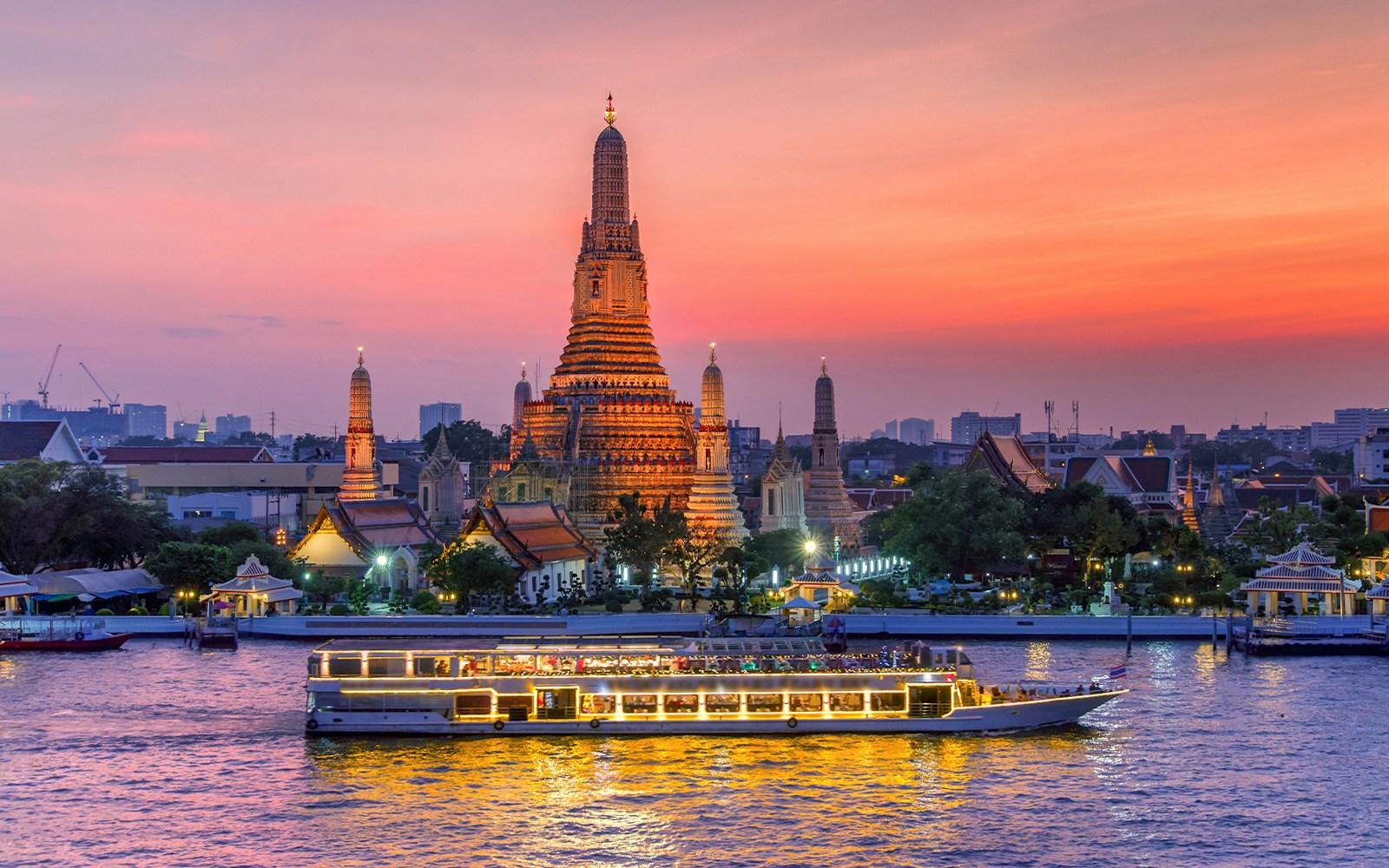- Official name: Maenam Chao Phraya
- Length: 372 km (231 miles)
- Source: Confluence ofPing and Nan Rivers
- Meaning: The river of kings
- Significance: Central to Thai culture, economy, and history
- Native species: Asian Openbill, Striped Pangasius catfish, and the Giant Pangasius catfish
Quick facts about the Chao Phraya River
















